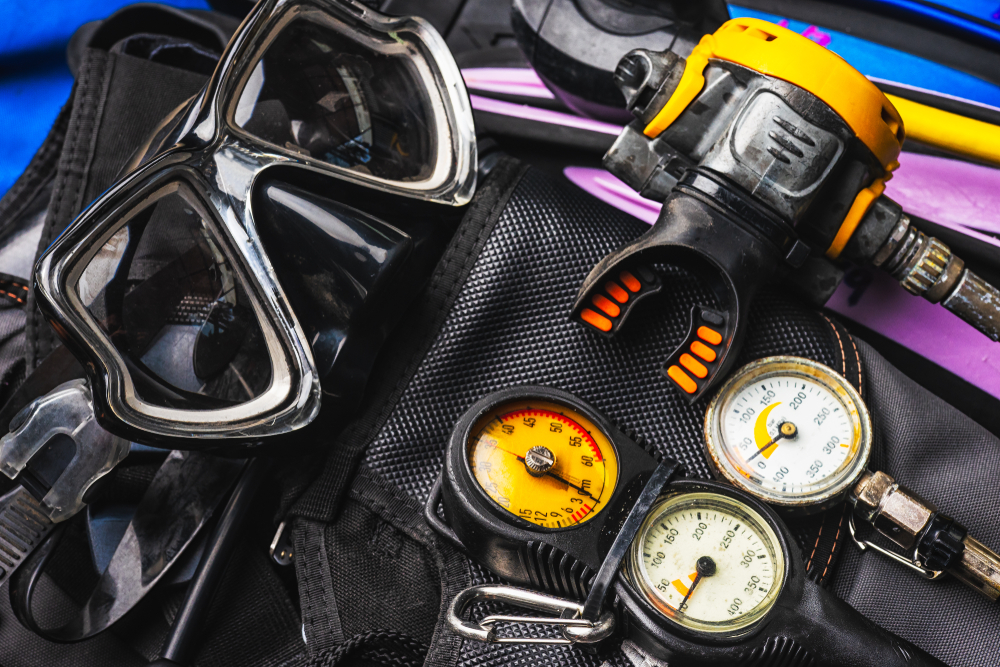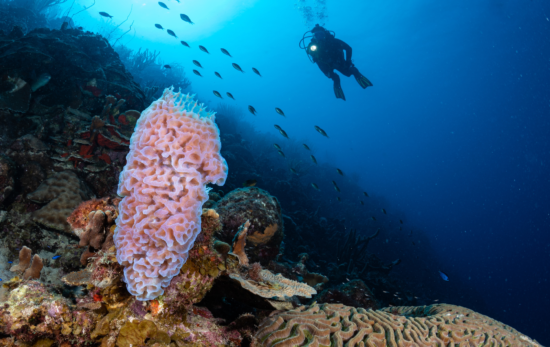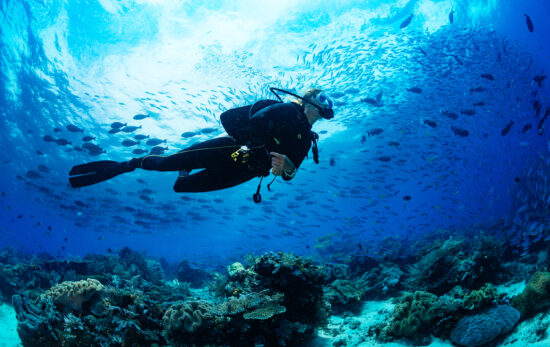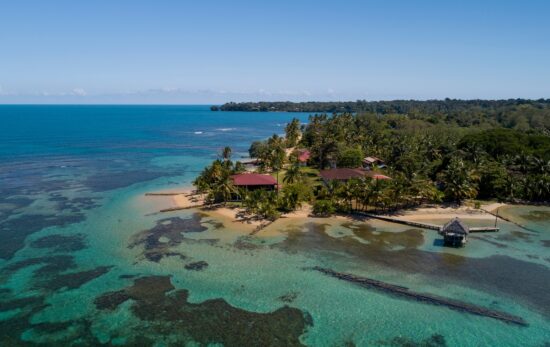You’re excited – it’s the day before your big dive trip. You have been looking forward to this for a few months, and now it’s time to pack your bags. Like most divers, you now have a large area strewn with dive gear and holiday clothes, which you are determined to fit in the cavernous dive bag you just bought for this trip. Now comes the tricky part – how to fit all of this stuff into the bag so that it arrives safely? How to pack your dive bag? If you have ever seen bags being handled at airports, it is certainly not done with tender loving care. There is nothing worse than arriving at your dream diving destination to find out that some of your gear has been broken in transit.

What to Take
BCD and regulators are your main life support systems – you are used to diving with them and know their service history, and they deserve to go on holiday with you. The mask is a very personal item for most divers, and spending an hour clearing a continuously leaky rental mask can be really annoying. Suits vary depending on where you are going, but if you are going somewhere tropical, consider renting one there to save yourself a couple of kilos. If, on the other hand, you need a drysuit where you are going, taking your own is essential. Fins and booties are also quite personal and you are used to them, so they can come on holiday with you, too. Concerning your camera and camera housing, how else are you going to brag about what you have seen to all your diving friends? Dive torches can be heavy, but if you are planning a night dive or two, it’s certainly best to take your own. A “save a dive kit”, normally a mask box with some essential spares that you can quickly use at a dive site to “save a dive”, is a great addition to your gear. Note: Dive computers and cameras generally go in you carry-on luggage.

The Packing
The easiest way to start your packing is by creating a secure box within your luggage to protect your dive gear. Start by placing your BCD in the middle of the bag, with its back facing the bottom. Fins can then be placed vertically on each side of the bag, resting against the fabric of your luggage to create the sides and the bottom of your secure box.
Then camera housing, mask and regulators can be packed on top of the BCD. Make sure to wrap-up and pad each piece with clothing you are taking with you. If you have a regulator bag and mask box, place some clothes inside with the item to stop them moving around – a pair of shorts snugs up a mask in its box rather nicely, and a small towel or couple of T-shirts help protect the regulators. Camera housings are best wrapped in bubble wrap and then a towel to give them the protection they deserve. Now take your suit, fold it so it fits snuggly in the space between the fins, and place it on top of everything.
The final stage of the packing involves taking all of the rest of your clothes and personal belongings, and placing them in the bag. Do this while keeping the box of dive gear solid and snug. Once everything is in, you should then take some old newspapers, bunch them up, and stuff them around all the areas of your bag containing empty spaces. This helps keep everything snug, and gives you something to wrap up any presents and souvenirs you buy on holiday.
Now that everything is packed snug and the bag is closed, have a feel around the whole bag – every part of the bag, apart from the area where the fins are, should feel nice and soft, with nothing hard discernable to the touch. Lastly, it’s time for the handling test! Pick the bag up and give it a gentle shake – if you hear something rattle, then you need to open the bag up and pad out the area around what is rattling.
You are now set for you dream dive trip, and should have no unpleasant surprises with your gear when you arrive. Happy diving!
This blog was originally written by Sam Helmy and published on the Diviac Magazine.




